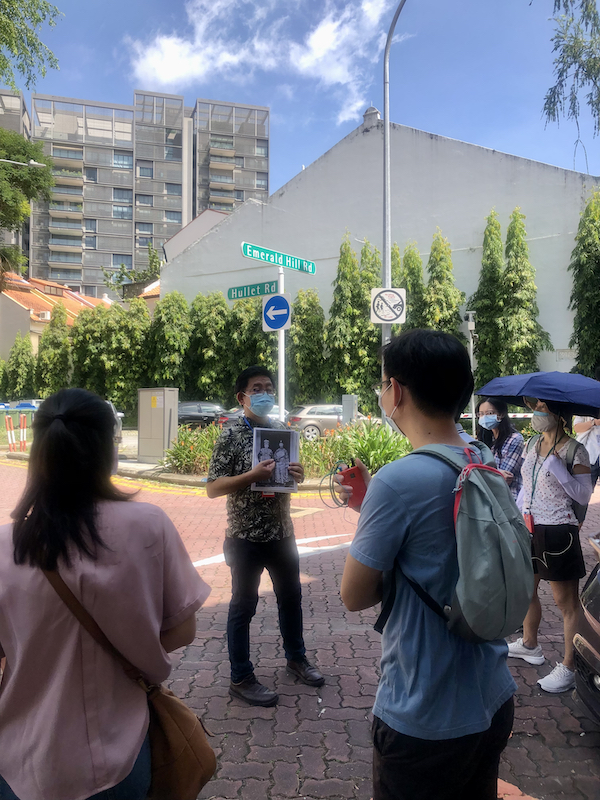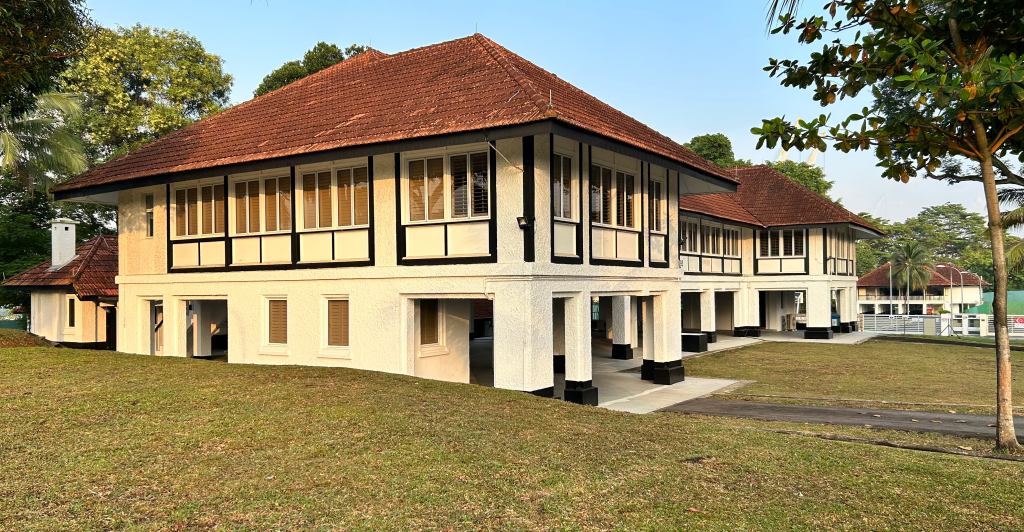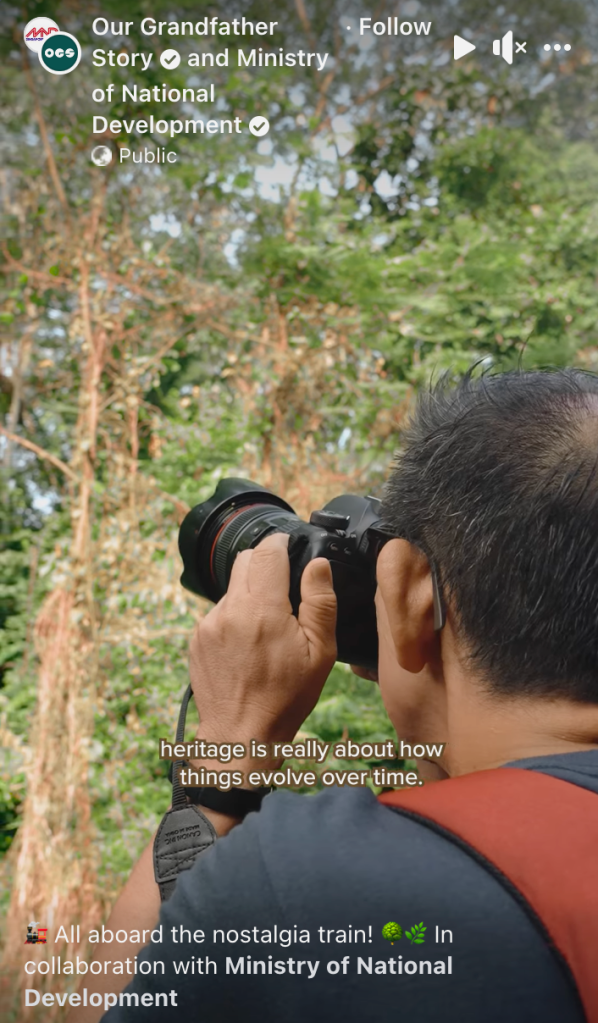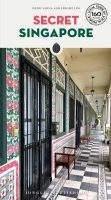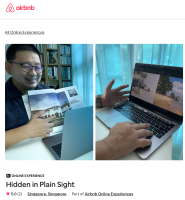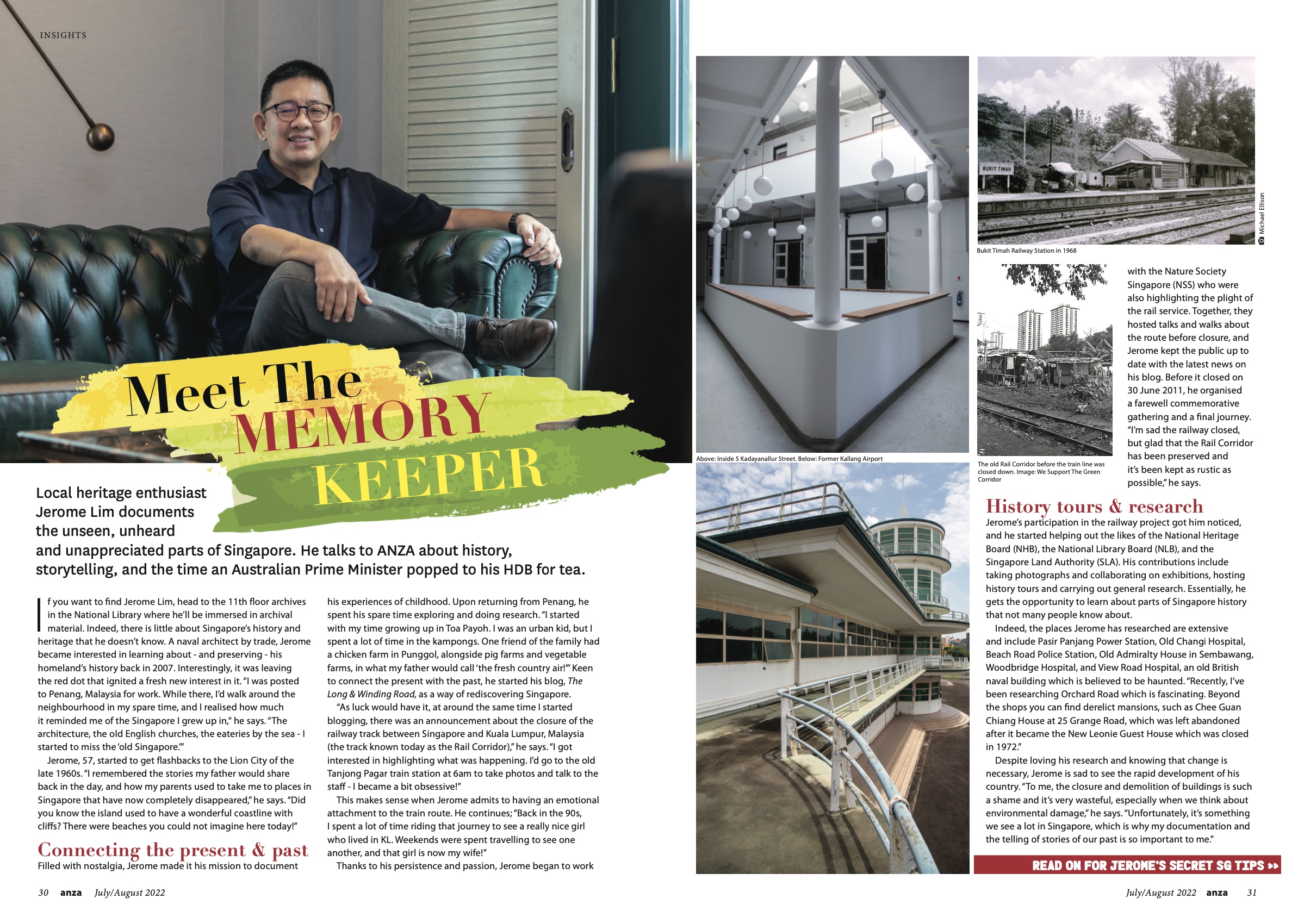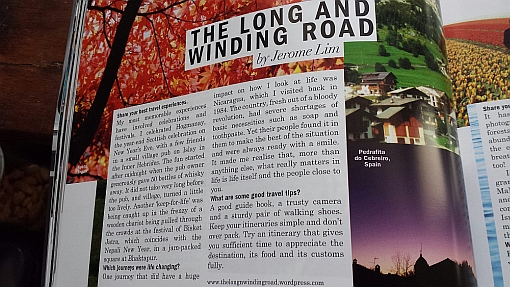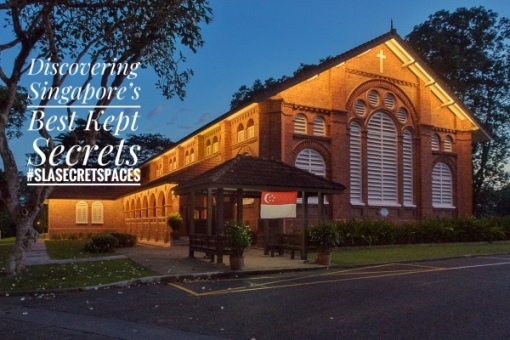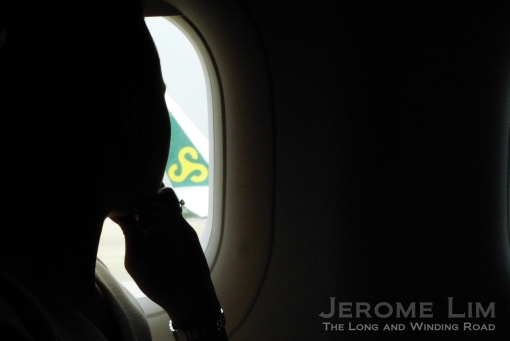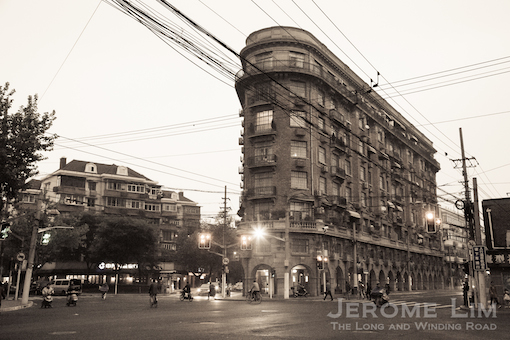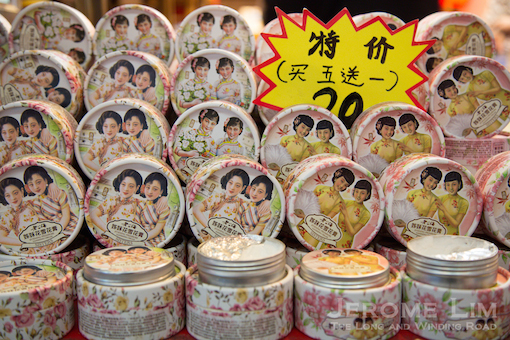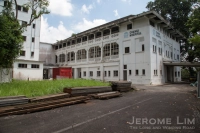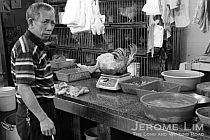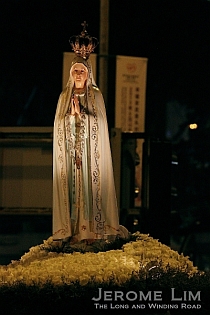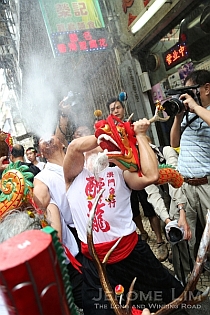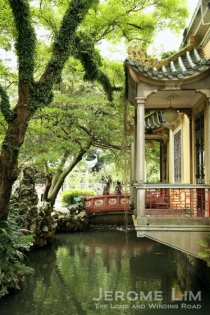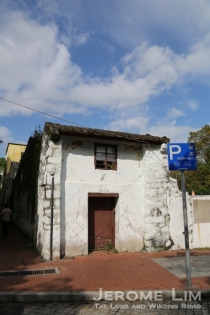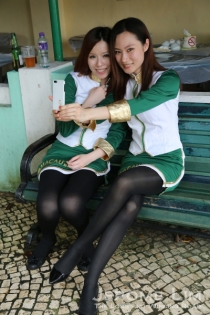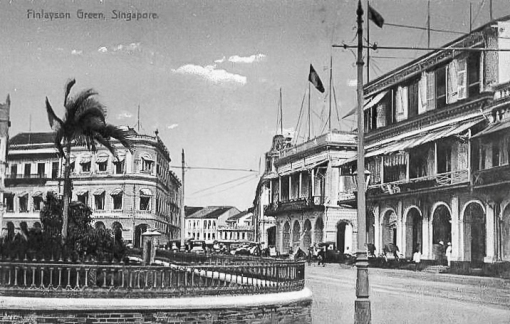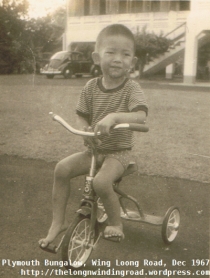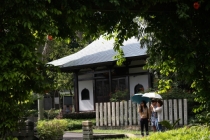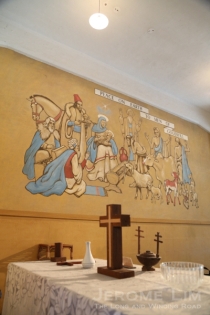The transition from February into March was one where we in Singapore seemed to have lost years rather than a month. That bore witness to the passing of several remnants of times we seem to find little relevance for in the manufactured world we have embraced.

Backstage on the night of 104 year old Sin Sai Hong Hokkien opera troupe’s very last performance.
The last day of February was an especially cruel for those who take joy in celebrating the reminders of those times we have all but forgotten. It was to see two places (see: Last impressions), both which have found their way into the hearts of those who knew them, shut their doors for the very last time. One was a 1970s style kopitiam, Chin Hin Eating House, and the other, Buona Vista Swimming Complex, which also is of the same vintage.

A last look at the script for a last ever performance.
March was to start with further sadness as we heard the swan song of the Sin Sai Hong (新赛凤) Hokkien Opera troupe. Involving four generations of the family of the founder, the troupe has a history that goes back 104 years, and was Singapore’s oldest Hokkien Opera troupe.

A signature scene seen at the troupe’s final night.
Dwindling interest in what was a traditional form of street entertainment that had its heyday before the 1970s, and the resulting reluctance of the next generation in continuing the family tradition, has seen to Sin Sai Hong’s passing. And, in spite of there being renewed consciousness in Singaporeans about their many lost or dying traditions, it is unlikely that it would be enough to see the phoenix (凤) in Sin Sai Hong rise from the ashes.

A final offering to the altar.
Chinese opera performances, or wayangs as they are referred to locally, did once bring in the crowds. Troupes such as Sin Sai Hong would move from village to village, town to town across Singapore and Malaysia, finding audiences not only across the language divide.

The crowd at the Chai Chee United temple where the last performances were held over four days.
My grandmother, who could converse only in Bahasa Indonesia, would often be among the audience and the very first wayang performances I did attend when they did come to Toa Payoh, were ones where I sat beside her and it is always with fondness that I look back to those precious times that I remember more for the reward that did almost always come after. That reward was one found in the many food and toy stalls that in accompanying the travelling wayangs, provided an almost carnival like atmosphere to neighbourhood.

The wayang stage under the glow of red lanterns at the Chai Chee United Temple.
For many of the opera troupes, the carnival was to end with rising affluence, the distractions of the modern world, and perhaps the self-inflicted crisis of identity that came with the attempts to redefine who we are that made us who we are not. With interest declining over the last four decades, a simplification of traditional religious practices at Chinese temples where wayangs were staged during important religious celebrations, there is little demand for the troupes today. This is seen especially during the month of the Chinese Hungry Ghost Festival during which a somewhat kitsch, but more popular form of entertainment, the Getai, has largely replaced the street wayang.

Filmmaker Royston Tan who spent over a year with the troupe in the lead up to his 2006 short film on the troupe.
Where in 1988, there were an average of four wayangs (including puppet troupes) being staged on any one day (see: “Weird, wonderful wayang”, The Straits Times, 23 June 1988, Page 3) which kept troupes busy for most of the year, it would be considered good if professional Chinese opera troupes are booked for a third to half of the year.

Another view of the stage.
Hokkien opera, other street Chinese opera genres such as the Teochew and Cantonese opera, as well as the many once common sub-cultural expressions, have always played a huge part in giving Singapore its multi-faceted soul. It is in losing them and troupes that promote these expressions such as Sin Sai Hong that we lose a part of who we are, and sadly for all of us, it is only a matter of time before we lose that soul in its entirety.

Tradition meets technology.
More backstage and onstage photographs from the final night











































































































































